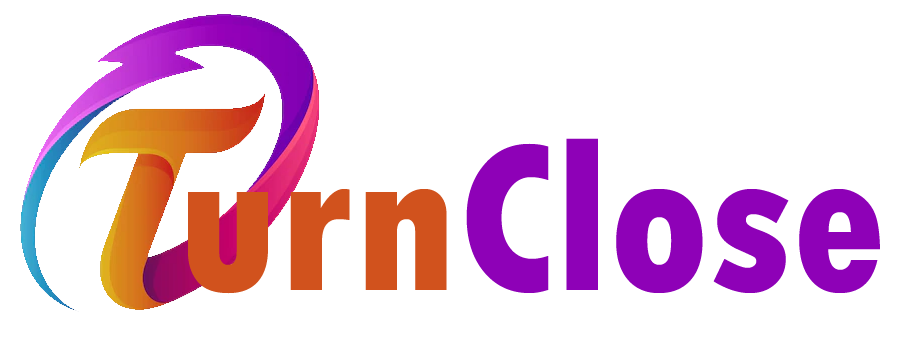
The NASA Jet Propulsion Laboratory partnered with the Azure Quantum Microsoft team to explore how to communicate more efficiently by spacecraft. Compared to several obstacles that have been overcome by the agency to place missions such as perseverance on Mars, keep in touch with spacecraft may not be too difficult. However, sending instructions for each mission by the agent when traveling is the logistics challenge itself.
NASA depends on deep space networks, a series of radio antennas located throughout the US, Spain and Australia. This allows agencies to keep in touch with spacecraft, even when the earth rotates. Scheduled the use of the system is something NASA Notes involves many obstacles. For example, not every dish on the network is equally able to communicate with a spacecraft that is on the edge of the solar system. Moreover, missions such as James Webb Space Telescope and perseverance Rover put an increase in load on the system because of the number of high loyalty data they need to send back to earth.
Thus, NASA must devote substantial computing resources to prioritize and schedule hundreds of communication requests entered by their teams every week. And that’s where Microsoft thinks it can help. The company applies several things learned to optimize the quantum algorithm to overcome NASA’s scheduling headaches using classical computers. At the beginning of the project, it took two hours for the company to compile the DSN schedule. Using the Azure network, Microsoft made a schedule in 16 minutes. “Special Solution” then allows it to produce one in two minutes.
The ability to create a schedule in minutes, compared to the clock, is something that Microsoft will say will provide NASA’s flexibility and allow it to be more agile as an organization. Microsoft says there is further work that needs to be done before the system has all the features needed by JPL, but one day it can help the team when preparing to launch a more complex mission that involves traveling to the moon and outside the solar system.
